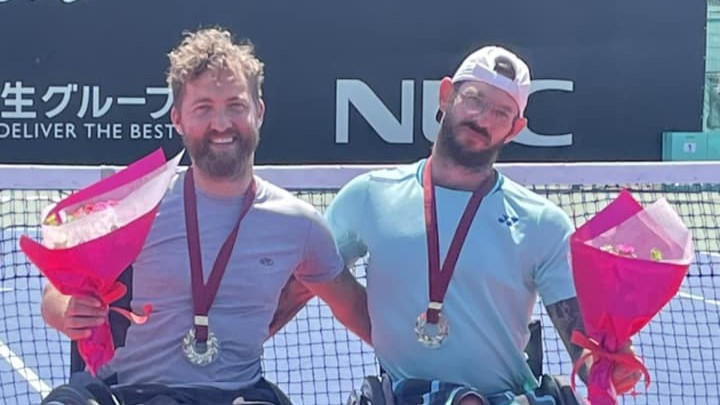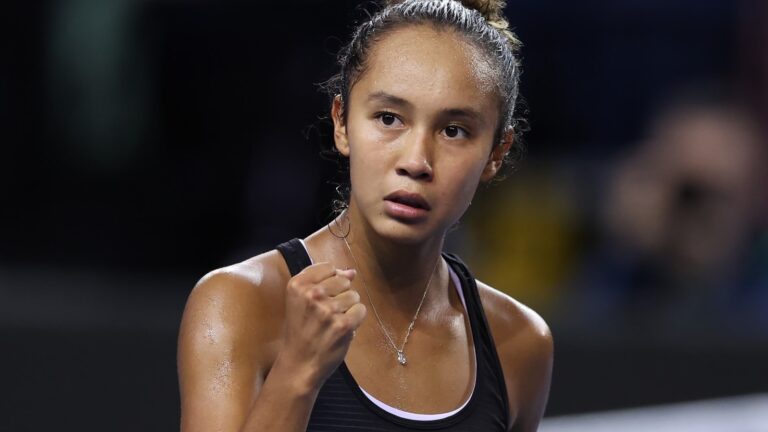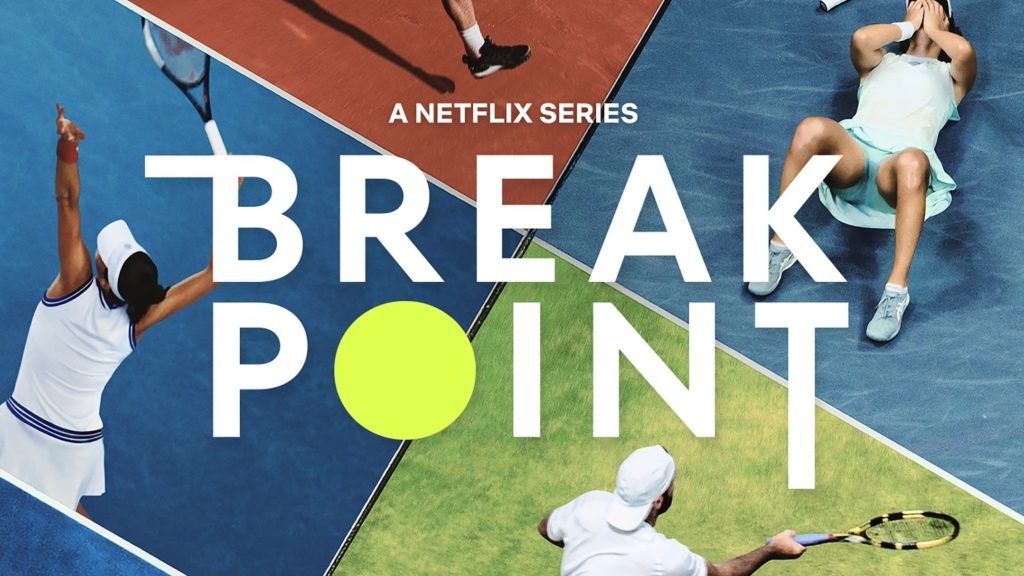
On January 14, the day after the Netflix docuseries Break Point premiered, I ravenously binge-watched the first five episodes. After all, it is among the hottest topics in tennis right now.
Spoiler alert: it’s good. Very good, even.
But not everyone agrees. Some say that, for the uninitiated, the show delves into players and outcomes that are already known without revealing very much. Others praise this wonderful and unprecedented foray behind the scenes.
I’m in the camp of those who absolutely loved Break Point.
The interest is twofold: we’re given an intimate glimpse of the players off the courts and in between tournaments and, as a bonus, Canadian fans get an entire episode on Félix Auger-Aliassime, who played the best tennis of his young career in 2022.
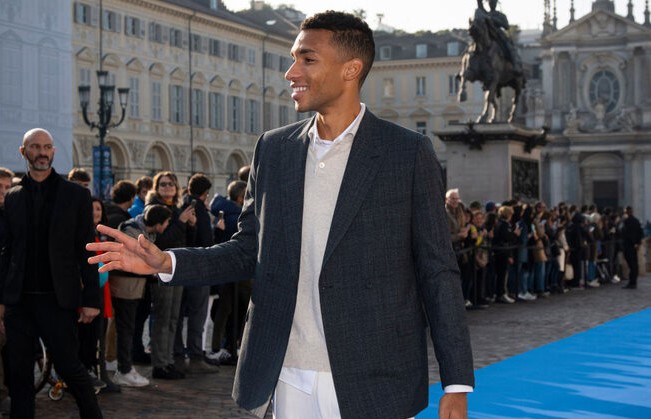
I’ll come back to Félix a little later.
First, some context.
From F1 to pro tennis
Break Point is a companion to the racing documentary Formula 1: Drive to Survive, a widely acclaimed international hit whose fifth season gets rolling on February 24.
It also has the same aim: to provide privileged access to tennis stars. The only difference is that most F1 fans won’t ever get close to their beloved F1 drivers, while tennis buffs can be just a few feet away from their idols on the outer courts and training courts, in addition to watching them in action in the large stadiums that host the majors.
That said, what Netflix has produced in cooperation with the WTA and ATP is priceless (if you don’t count the monthly subscription fee, that is).

Like you, I was really looking forward to watching the heroes who animate my life’s passion.
And they didn’t disappoint. Not even for a minute.
Virtually unlimited access
Some observers argue the series will appeal more to viewers who know nothing or very little about tennis and less to fans and fanatics. Indeed, what more could they possibly find out about something they followed on a weekly basis?
I disagree.
In my forty-five-year career, including eight years of intense tennis coverage, I’ve gone behind some of the scenes of the National Bank Open in Montréal.
From my good relations with tournament organizers to my access to press conferences and privileged connection as someone employed by the network that owns the broadcasting rights to the tournament, I was well served.

But I’ve never walked into a locker room, therapy room, gym or hotel room with a tennis pro. I’ve never been close enough in training to hear a coach’s tips or sat with a psychologist helping with anxiety issues.
Break Point gives me that opportunity. And that’s why I loved it, regardless of my professional experiences.
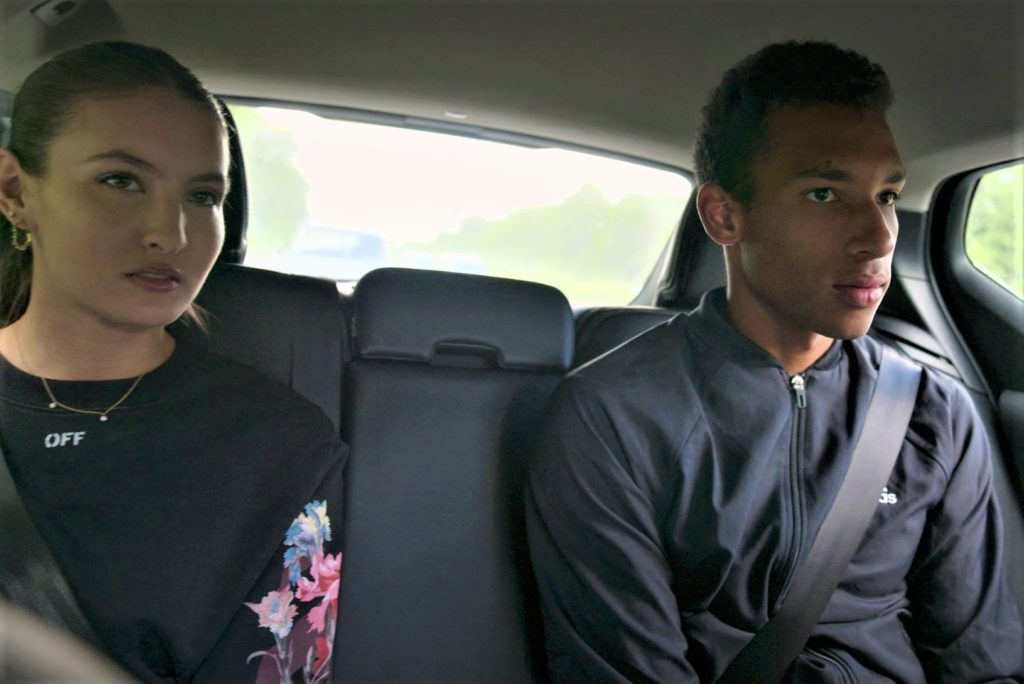
Kyrgios first? Really?!
Netflix wants subscribers, so it had to start off strong.
While not everyone agrees (actually, many very much disagree) with kicking off the series with an episode on the ever-polarizing Nick Kyrgios, the choice is totally understandable. It appeals to the faction that recognizes his limitless talent and entertainment factor and to those who are less familiar with the Australian ace. Still, scores of people have criticized Netflix for featuring such a controversial figure and questionable role model.

Choosing Kyrgios also makes sense for another reason: the first Slam of the season is in Melbourne. An early exit may have disappointed producers, but Nick’s unexpected emergence in doubles and win with his childhood friend and fellow Aussie Thanasi Kokkinakis meant Netflix hit the jackpot as far as storylines go.

For Kyrgios, it was a moment of glory, not controversy, that paved the way for a slight change in his trajectory, as demonstrated by his appearance in the Wimbledon singles final six months later.
And how about Taylor Fritz’s win in his home state of California? The biggest title of his career came at the Masters 1000 in Indian Wells, which had gone for 21 years without an American titleholder. Add the fact that the homegrown hero had injured his ankle in practice the day before the final and still chose to compete despite the orders of his physician, therapist and coach, and you’ve got something better than any movie script.
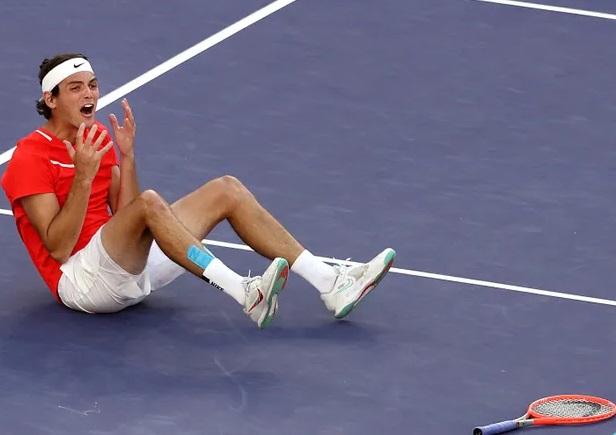
Also among the positives are the negatives. The docuseries isn’t just about winning, since it’s also about the sadness and frustration of defeat. As Fritz himself says so frankly and with a knowing smile at the start of the episode dedicated to him: “It’s tough to be happy in tennis because, every single week, everyone loses but one person.”
The players may be out there alone, but they face more than one challenger. “Tennis players don’t just lose to their opponent, they lose to themselves,” says former pro Angeliki Kanellopoulou as she watches her daughter Maria Sakkari train on a clay court in their hometown of Athens, Greece.
Also interesting is what the coaches have to say, giving viewers a sense of how critical the mental game is. Paul Annacone, who worked with Pete Sampras and Roger Federer before joining Team Fritz, knows what he’s talking about: “No matter what your level is, you’re only as good as your mind lets you. Your mind is what’s gonna drive your ability to achieve what you want to achieve on the court.”
A few foibles
Some will say there isn’t enough focus on Novak’s bumpy ride in 2022 or on Ash Barty’s surprise retirement at the age of 26 after raising one final winner’s trophy at the AO.
And some will say the leading figures of the past 20 years are all but absent, except for Rafa who’s front and centre in the episode in which he battles Félix Auger-Aliassime and Casper Ruud.

But as journalist Nicholas Richard pointed out in Montréal’s La Presse newspaper, the intention was to illustrate the break between the Big 3’s past achievements and the present and future of men’s tennis.
The aim was to highlight the new generation. We get to meet Sakkari, Berrettini, Badosa, Ruud, Jabeur and Auger-Aliassime but miss out on two of the youngest and most promising up-and-comers: Coco Gauff and Holger Rune.
But stay tuned. There’s no shortage of material for Netflix to create a good ten seasons. There are only 20 F1 drivers, but there are 256 competitors in the main draws of every Grand Slam who’ll hopefully provide a lot of great stories.
As famous as they may be, players like Paula Badosa talk about the grueling life of having to travel, win and overcome their demons, from a lack of self-confidence to depression and anxiety.
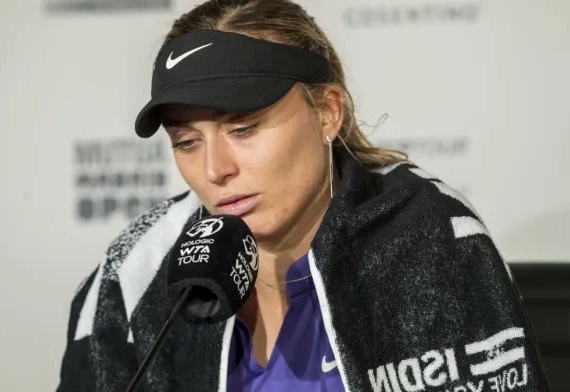
From the players’ hotel rooms, where every piece of furniture is usually covered in gear, to the massage tables and ice baths, we see it all. We even meet their entourages and families in Australia, Italy, Greece and Tunisia.
Félix at Roland-Garros
There were a lot of reasons for producers to choose Félix Auger-Aliassime. He’s a rising star and one of the most athletic and likeable players in the game.
They hit the jackpot again when he set himself up for a fourth-round match against the living legend of the French Open, Rafael Nadal. The catch is that Félix’s coach happened to be the man who was there for most of Rafa’s Grand Slam triumphs. So whose player box would Uncle Toni sit in? The elder Nadal’s (too?) candid answer was enough to create a controversy that Netflix scripted perfectly.
It’s must-see TV, just like the glances when Félix tries to stay calm, cool and collected as Rafa begins his frenetic warm-up before heading out for their showdown.
Great stuff.


“What’s asked of the players is huge,” says proud mom Marie Auger from her seat on Court Philippe-Chatrier. “It takes incredible physical, mental and emotional potential. So, I have such admiration for my son.”
Given all the Canadian coverage Félix has received over years, there really aren’t any surprises for local viewers. Still, it’s fun to see him arguing with his sister Malika about their childhood memories on Parisian terrasse.
There are even a few shots of his fantastic 22nd birthday surprise organized by Valérie Tétreault and the National Bank Open last August.
What others had to say
A lot has been written about Break Point, including a deluge of comments on social media. Apart from the trolling, there are tonnes of interesting thoughts about the docuseries’ strong points and shortcomings. Tennis writer, podcaster, editor and author Ben Rothenberg rounded up quite a few here.
This blog isn’t long enough to get into all of them, so here’s a good complementary read by tennis fan and player Miles Surrey over at the Ringer.
Email: privard@tenniscanada.com
Twitter: @paul6rivard
Follow all our Canadians in action here.
